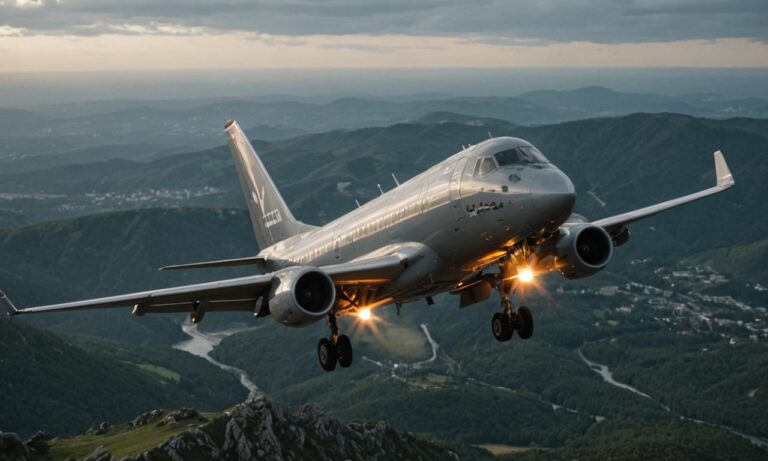In the realm of aviation, one question that frequently arises is, “Which aircraft boasts the longest range?” The quest for endurance and distance has driven aviation engineers to push the boundaries of technology, resulting in the development of remarkable aircraft capable of traversing vast distances without refueling. Let’s delve into the world of aviation to uncover the answer to this intriguing question.
Factors Influencing Range
Before identifying the aircraft with the longest range, it’s essential to understand the factors that influence an aircraft’s ability to cover extended distances. Several factors come into play, including fuel capacity, engine efficiency, aerodynamic design, weight, and payload. Each of these elements contributes to the overall range an aircraft can achieve.
Fuel Capacity and Efficiency
The primary determinant of an aircraft’s range is its fuel capacity and the efficiency of its engines. Aircraft equipped with larger fuel tanks and fuel-efficient engines are capable of covering longer distances without the need for refueling stops.
Aerodynamic Design
The aerodynamic design of an aircraft significantly impacts its fuel efficiency and range. Streamlined shapes and advanced wing configurations reduce drag, enabling aircraft to achieve greater distances with less fuel consumption.
Weight and Payload
The weight of an aircraft and its payload also play a crucial role in determining its range. Lighter aircraft with lower payloads require less fuel to operate, thus enhancing their ability to cover longer distances.
Aircraft with the Longest Range
After considering these factors, several aircraft stand out for their impressive range capabilities:
| Aircraft | Maximum Range |
|---|---|
| Boeing 777-200LR | 15,843 km (9,845 miles) |
| Airbus A350-900ULR | 18,000 km (11,185 miles) |
| Boeing 787-9 Dreamliner | 14,140 km (8,787 miles) |
These aircraft have been specifically designed and optimized for long-haul flights, making them ideal choices for airlines operating ultra-long-distance routes.
The Future of Long-Range Aviation
As technology continues to advance, the boundaries of long-range aviation are constantly being pushed further. Manufacturers are investing in research and development to create aircraft with even greater range capabilities, opening up possibilities for non-stop flights between virtually any two points on the globe.
From fuel-efficient engines to innovative aerodynamic designs, the future of long-range aviation holds promise for travelers seeking seamless connections across continents.
While several aircraft compete for the title of the longest range, it’s clear that advancements in technology have propelled aviation into an era where distance is no longer a limiting factor. With the development of state-of-the-art aircraft capable of traversing vast distances, the world has become more accessible than ever before.
Efficiency in Long-Range Aviation
In addition to the factors mentioned earlier, efficiency plays a crucial role in long-range aviation. Aircraft manufacturers are focusing on developing more efficient propulsion systems, such as hybrid-electric and hydrogen-powered engines, to increase the range of future aircraft.
Hydrogen-Powered Aircraft
Hydrogen-powered aircraft are gaining attention as a potential solution for long-range flights with reduced environmental impact. These aircraft utilize hydrogen fuel cells or hydrogen combustion engines to propel the aircraft, offering longer ranges compared to traditional fuel-powered engines.
Advancements in Materials
Advancements in lightweight materials, such as carbon composites and titanium alloys, contribute to the development of aircraft with extended range capabilities. These materials reduce the overall weight of the aircraft, allowing for more efficient fuel consumption and increased range.
Frequently Asked Questions
- Q: Are there any solar-powered aircraft with long ranges?
- A: While solar-powered aircraft exist, they are typically designed for endurance rather than long-range flights. Solar-powered aircraft rely on solar panels to generate electricity for propulsion, limiting their range compared to traditional fuel-powered aircraft.
- Q: How do aircraft manufacturers test the range of new aircraft?
- A: Aircraft manufacturers conduct extensive flight testing and simulations to determine the range capabilities of new aircraft. These tests involve various factors such as payload, altitude, weather conditions, and flight profiles to accurately assess the aircraft’s range.






